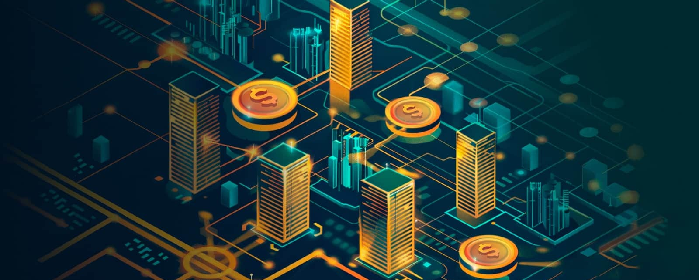- Tokens representing real-world assets experienced an uptick in September driven by active issuance, growing institutional interest and clearer regulatory frameworks.
- Issuances backed by public debt, equities and ETFs expanded, signaling that tokenization is evolving from proof of concept to a strategy for mobilizing traditionally illiquid assets.
Market expansion and issuance
The RWA market expanded in September as issuances of tokenized treasuries, securities and ETFs increased, supported by institutional issuers. Projects that focus on tokenizing treasuries and securities widened access by enabling 24/7 availability, and market reports indicate a shift from experimentation to deliberate strategies designed to mobilize assets that were previously illiquid.
Institutional involvement and liquidity
Institutional interest provided both liquidity and legitimacy, with firms like Ondo Finance and other institutional issuers leading tokenized treasury issuances and expanding into equities and ETFs. This institutional participation facilitates conversions between stablecoins and tokenized notes and helps create deeper secondary markets that improve tradability and price discovery.
Technology and platform landscape
Ethereum continues to host most of the RWA infrastructure due to compatibility with existing tools and oracles, while lower-cost, faster alternatives like Solana, zkSync and cross-chain bridges gain adoption. The ecosystem is diversifying as projects seek lower fees and greater throughput, but interoperability and secure bridging remain central to preserving liquidity across networks.
Practical benefits for investors and markets
Tokenization enables fractional access to expensive assets, on-chain settlement and longer trading windows, which together reduce ticket sizes and improve settlement efficiency. By turning illiquid positions into tradable instruments on secondary markets, tokenization can broaden investor access and improve the distribution of liquidity across asset classes.
Legal, custodial and security challenges
Legal verification, cross-border compliance and smart contract security remain the main obstacles to broader adoption. Defined legal frameworks in certain jurisdictions allow custodians and issuers to structure tokenized notes with clear legal papers, reducing friction for banks and managers, but exploits in RWA protocols and reliance on centralized custodians highlight the need for rigorous audits, institutional-grade custody and robust legal standards.
Regulation and jurisdictional impact
Greater regulatory clarity in specific jurisdictions explains much of the recent momentum by enabling custodians and issuers to operate with defined rules and investor protections. A balanced regulatory framework that protects investors without stifling innovation will be critical to ensuring tokenization scales while preserving goals like decentralization and broad accessibility.

Conclusion
The September uptick in RWA activity reflects a convergence of active issuance, institutional demand and improved regulatory conditions, and if legal and technical risks are addressed through audits and institutional custody, tokenization has the potential to transform financial infrastructure by making illiquid assets liquid and accessible to a broader investor base.

